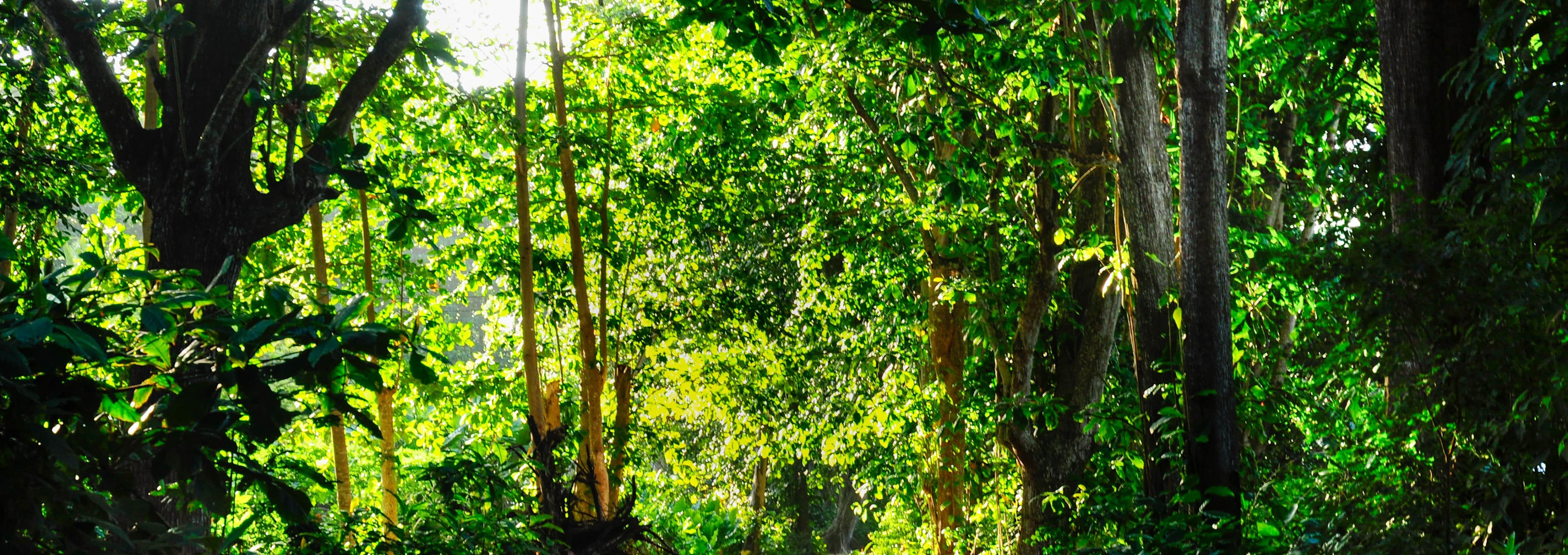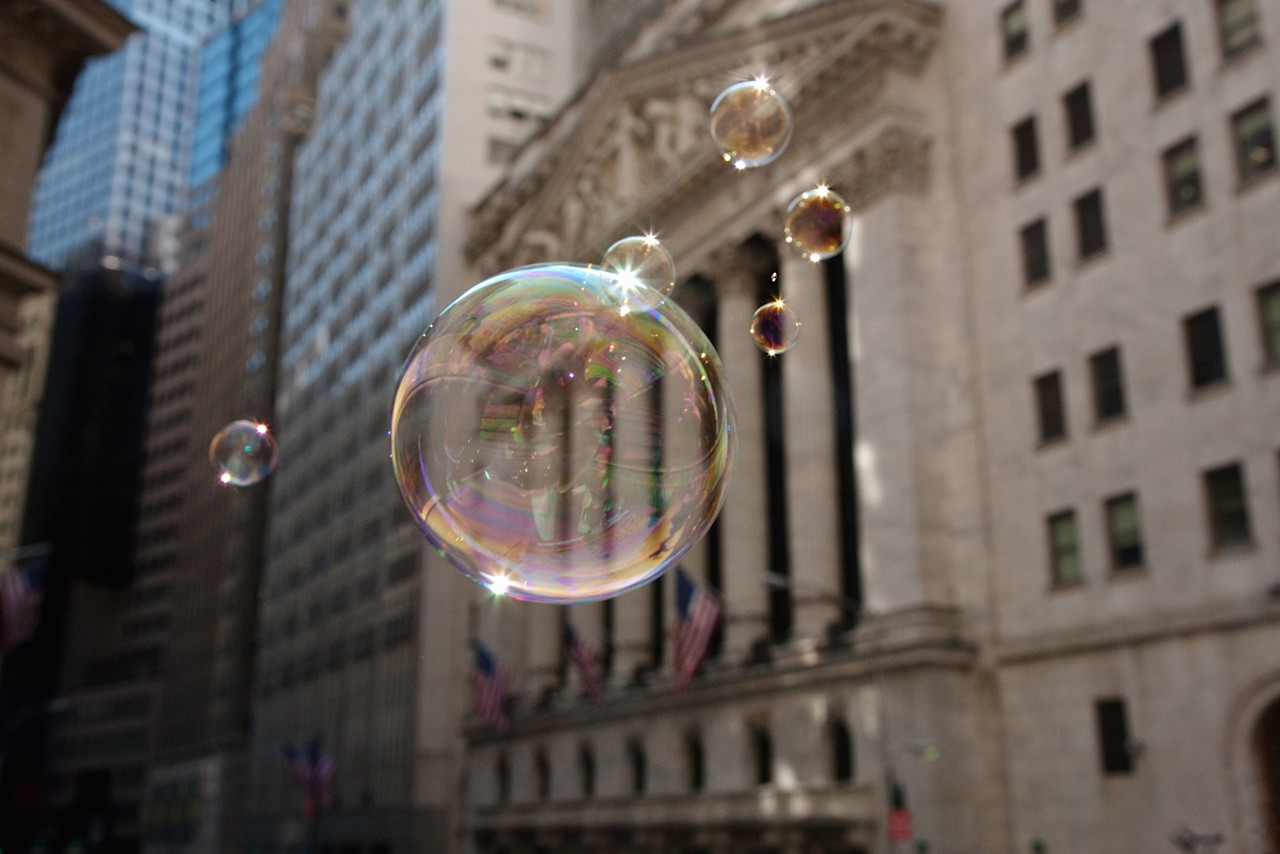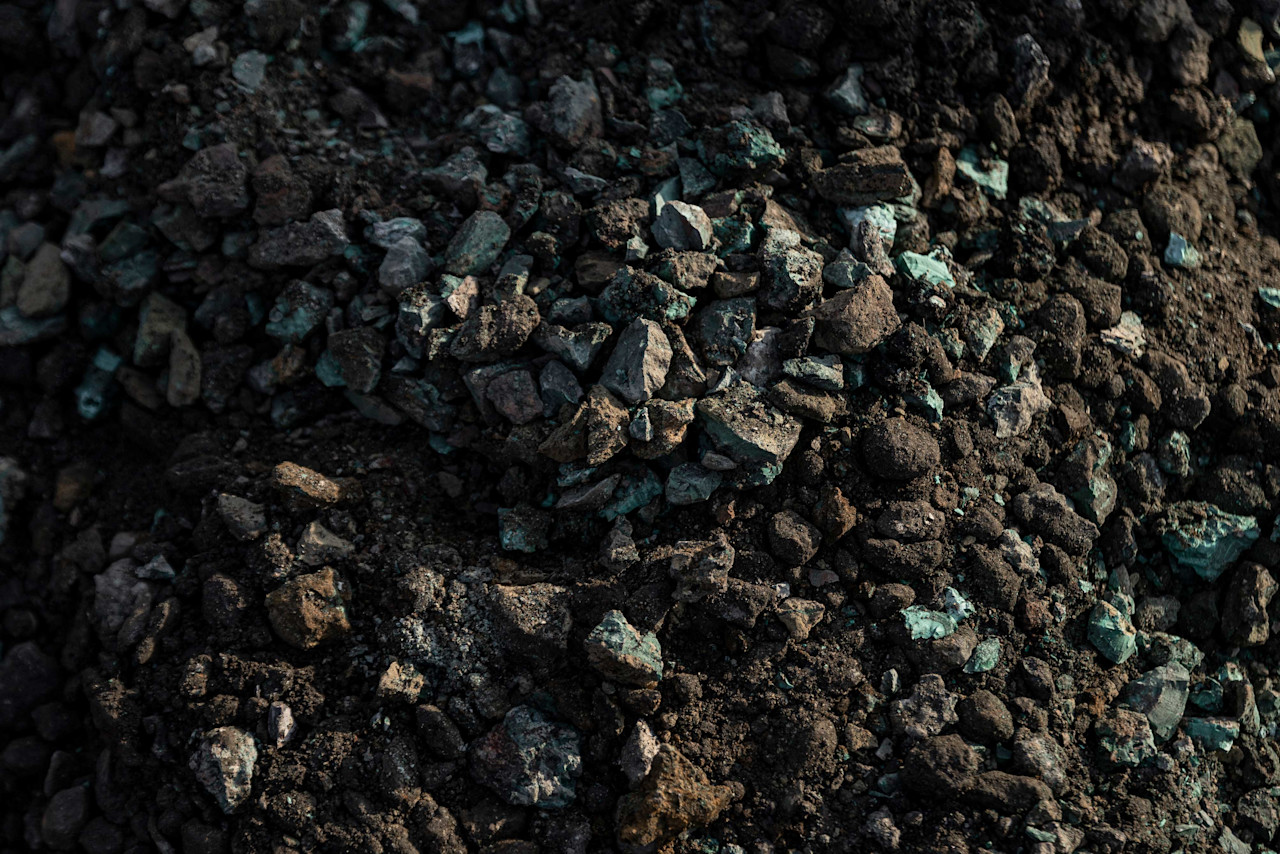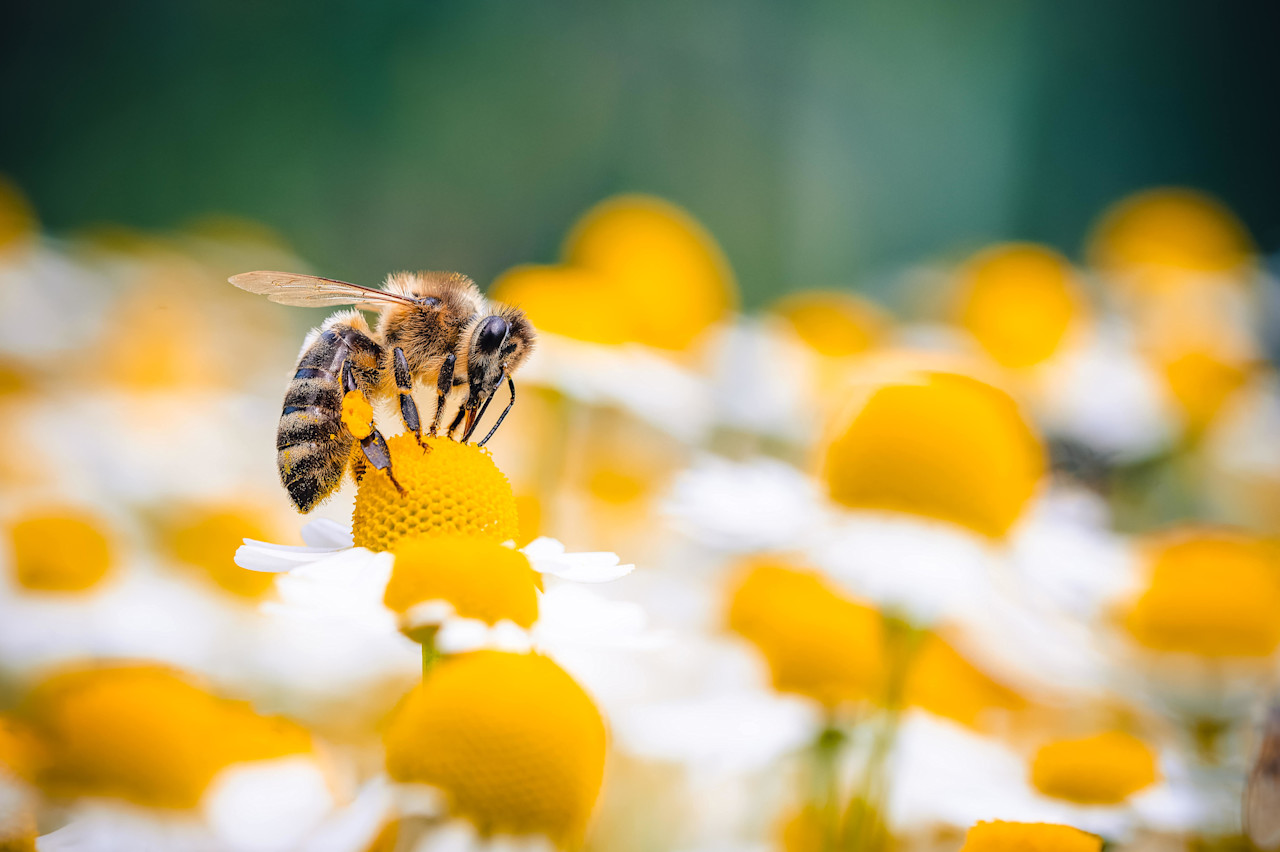

SI Dilemma: How do you see the wood for the trees?
We face a twin crisis of climate change and declining biodiversity, and both need to be tackled without delay. Climate change and nature loss are fundamentally linked. One cannot be solved without solving the other. But navigating the climate transition is already challenging enough, let alone addressing the myriad impacts of investments on ecosystems and species. The dilemma for investors is how to take concrete actions on both fronts without being overwhelmed by complexity.
Summary
- How to solve climate and biodiversity issues without complexity overload
- Insisting on an integrated approach could lead to analysis paralysis
- Ensuring that the work done on both topics is compatible will work best
Climate change is one of the main drivers of biodiversity loss, and nature loss is one of the main causes of climate change. Rising temperatures are changing weather patterns which contributes to one in six species being at risk of extinction1. On the other hand, land use change is a leading cause of climate change, contributing to an estimated 13-23% of total CO2 emissions2. Forest loss alone contributes to about 4.8 billion tonnes of CO2 emissions/year3.
On the other hand, it also holds that solving one contributes to solving the other. Nature-based solutions are critical to achieving the goals of the Paris Agreement. Oceans, forests and soils sequester carbon from the atmosphere and help avoid further global warming. This is estimated to be of the order of 14 billion tons of CO2 equivalent (GtCO2e) per year in 2050, which is roughly one-quarter of current annual emissions.4,5
Because the two issues are interlinked, there is a clear case for tackling them in an integrated manner, both to avoid unintended consequences and to capture synergies. This is what scientists from the two relevant UN science panels – the Intergovernmental Science-Policy Platform on Biodiversity and Ecosystem Services (IPBES) and the Intergovernmental Panel on Climate Change (IPCC) – conclude.6 For example, the use of biomass as a renewable energy source may be a good solution for climate change, but it is detrimental for biodiversity if natural habitats are converted into monoculture plantations.
The COP27 climate summit in November 2022 included a full day on nature-based solutions and the interconnections between biodiversity and climate change. This served as a bridge to the COP15 biodiversity summit which took place one month later. This year’s climate summit in Dubai will also have a strong focus on nature.
There is also a practical reason that business is advocating for an integrated approach, namely framework fatigue. In the medium term, we should be able to undertake an integrated approach to climate and nature in our investment portfolios. For now, however, we believe that insisting on an integrated approach could lead to analysis paralysis.
The difficulty of tackling biodiversity and climate together
An integrated approach compounds the complexities of analysis of these two vast topics. This risks inaction or a dilution of focus, leading to investors not considering climate and nature risks and opportunities sufficiently enough to drive meaningful change.
Climate change is just one of the five drivers of biodiversity loss – some others are land and sea use change, resource exploitation, invasive species, and pollution. Though complex, it can be funnelled down to a single metric which is globally transcendent: greenhouse gas emissions.
On the other hand, biodiversity assessment is still very nascent and requires consideration of impacts and dependencies which occur locally. For example, water scarcity is specific to supply and demand in individual watersheds, and nitrogen discharge is highly problematic in a densely populated country like the Netherlands, but not necessarily in a country like France. This makes it difficult to capture biodiversity in a single global dimension.
While more work needs to be done, climate change assessment is becoming mainstream in investment decision making. Assessing the drivers of biodiversity loss, however, requires more work to capture the nuances. For climate, we have integrated assessment models that relate global climate models to key macroeconomic variables. For nature, we don’t have such models. To develop these, we recommend developing them in a modular way, such that additional levels of complexity can be added over time.
Biodiversity follows in climate’s footsteps
Ensuring that the work done on both topics is compatible, while acknowledging that they are not yet ready to be fully grouped together, will work best in our view. We already see this happening in practice, for example:
Global commitments. The Kunming-Montreal Global Biodiversity Framework follows the same mechanism as the Paris Agreement: the global goal (no net loss of nature by 2030) is to be achieved through periodic ratcheting of national targets and policies, and through the alignment of business models and financial flows.
Disclosure standards. The Taskforce for Nature-related Financial Disclosures (TNFD) follows the same four-pillar structure of the Taskforce for Climate-related Financial Disclosures (TCFD), enabling companies to leverage existing reporting processes.
Company engagement. Modelled on Climate Action 100+, global investors collaborate in Nature Action 100 to engage with companies that have the largest impact on biodiversity.
Scenario analysis. The central banks’ Network for Greening the Financial System (NGFS) and the Principles for Responsible Investment’s Inevitable Policy Response (IPR) are introducing nature into climate transition risk assessments where the key drivers (policies, technologies and market dynamics) are assessed in an integrated way.
Keep up with the latest sustainable insights
Join our newsletter to explore the trends shaping SI.
What does this mean for investors?
Both climate change and biodiversity are financially material risks that need to be taken into account, but that does not mean we need to wait until we have the tools for an integrated approach. At Robeco, we tackle both topics as separate but related strategic priorities to give them the necessary attention and to conduct a robust analysis. We leverage the learnings from creating our climate net-zero roadmap to develop our biodiversity strategy, both of which are led by our climate and biodiversity strategist.
We acknowledge that the tools and data needed for biodiversity assessment are not as mature as those for climate. However, we act where we can, focusing on the key biodiversity impacts by sector, and identifying the key actions that companies in that sector can undertake to mitigate their contribution to biodiversity loss.
Investors may feel overwhelmed by too many sustainability considerations being added to their decision-making process. We approach this at Robeco by having a robust materiality assessment for each sector and sustainability issue. We use our SDG Framework for the Sustainable Development Goals under which biodiversity, climate and other sustainability topics fit. This allows us to aggregate sustainability impacts into a single score while keeping the underlying granularity of the different sustainability topics. In this way, we are dealing with multiple issues simultaneously, while still taking a modular and non-integrated approach.
We can tackle both issues now
Lots of work remains to be done. In particular, for halting biodiversity loss we need sector transition pathways like we already have for decarbonization. These should serve as benchmarks to assess companies in a forward-looking way as to how they are aligning their businesses with the goals of the Kunming-Montreal agreement.
Methodologies and data for biodiversity assessment are being rapidly developed to support investment decision making. We have learned a lot from assessing climate-related risks and opportunities, which we can apply to take action to halt biodiversity loss. Perhaps because of these learnings, we may be able to move faster on addressing biodiversity loss than we have on climate change.
Footnotes
1 Models of drivers of biodiversity and ecosystem change | IPBES secretariat
2 Special Report on Climate Change and Land - IPCC
3 Integrating climate and nature - University of Cambridge Institute for Sustainability Leadership
4 Forest, Land and Agriculture Science Based Target-Setting Guidance - SBTi
5 Global GHG emissions 1990-2019 | Statista
6 IPBES-IPCC Co-Sponsored Workshop on Biodiversity and Climate Change | IPBES secretariat
SI Debate
Important information
The contents of this document have not been reviewed by the Securities and Futures Commission ("SFC") in Hong Kong. If you are in any doubt about any of the contents of this document, you should obtain independent professional advice. This document has been distributed by Robeco Hong Kong Limited (‘Robeco’). Robeco is regulated by the SFC in Hong Kong. This document has been prepared on a confidential basis solely for the recipient and is for information purposes only. Any reproduction or distribution of this documentation, in whole or in part, or the disclosure of its contents, without the prior written consent of Robeco, is prohibited. By accepting this documentation, the recipient agrees to the foregoing This document is intended to provide the reader with information on Robeco’s specific capabilities, but does not constitute a recommendation to buy or sell certain securities or investment products. Investment decisions should only be based on the relevant prospectus and on thorough financial, fiscal and legal advice. Please refer to the relevant offering documents for details including the risk factors before making any investment decisions. The contents of this document are based upon sources of information believed to be reliable. This document is not intended for distribution to or use by any person or entity in any jurisdiction or country where such distribution or use would be contrary to local law or regulation. Investment Involves risks. Historical returns are provided for illustrative purposes only and do not necessarily reflect Robeco’s expectations for the future. The value of your investments may fluctuate. Past performance is no indication of current or future performance.





















